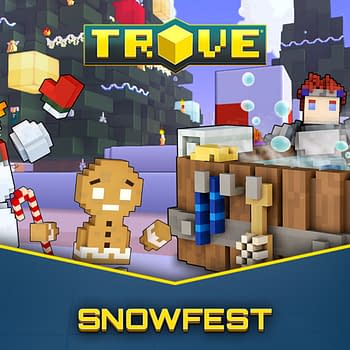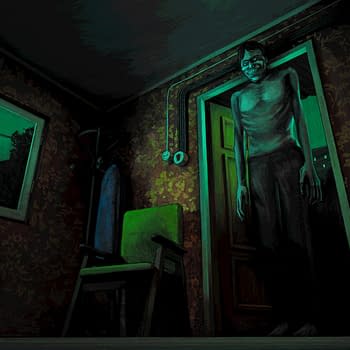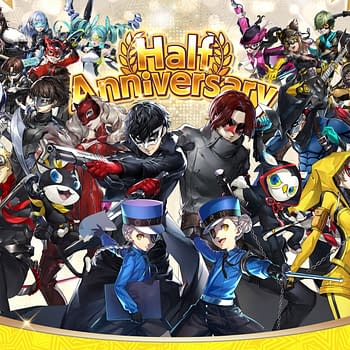Posted in: Games, Video Games | Tagged: nintendo, SNES, star fox, Star Fox 2, Super Famicom, Super NES Classic Edition
Surprised To See 'Star Fox 2' On The Super NES Classic Edition? So Was The Programmer
So here's the brief history of Star Fox 2: The concept behind the game was that the first big baddie Andross returns to launch a full-scale attack on everything in sight. Fox and his team get called in again, along with two new recruits and better ships, to fight him off. The game was set to be released for the Super Famicom and SNES during the summer of 1995 with quite a bit of work going into the production (and promotion in Nintendo Power), only to see it halted and eventually canceled.
There's no one explanation as to why it happened, the most logical is that Nintendo was looking at the N64 and wanted a new Star Fox on a different system. For years the alpha and beta versions of the game have been leaked with translations for fans who need to know what's going on. It came to light in 2015 that there was a fully mastered version of the ROM locked away in a vault never to be seen until the game made a surprising return on the Super NES Classic Edition that was announced yesterday.
If seeing Star Fox 2 on that list was a shock to you, imagine how it was for one of the primary programmers. IGN has an interview with Dylan Cuthbert, current head of Q-Games and former developer on Star Fox 2, to get his take on the game making a formal return. Here's a brief snippet of the interview, which you can read here.
IGN: What were some of the challenges of making Star Fox 2 and programming for the Super FX 2 chip back in the day? Do you remember how you overcame them? Was there anything in particular that would be difficult to do even today?
Cuthbert: Compared to Star Fox 1, I rewrote massive parts of the engine to run in parallel in RAM to get more non-contended Super FX chip time for more advanced features such as planar clipping and decent collision detection.
Alpha and beta builds of the game have been leaked over the years. How does the final version differ from the apparently pre-release beta version that some fans have been able to play?
All those ROMs lacked the final magic – i.e. the Mario Club QA and tuning process that makes Nintendo games so good. The final few months of iteration are so important for a game. Also they were set up in debug modes, so the encounter systems didn't seem to work very well.











